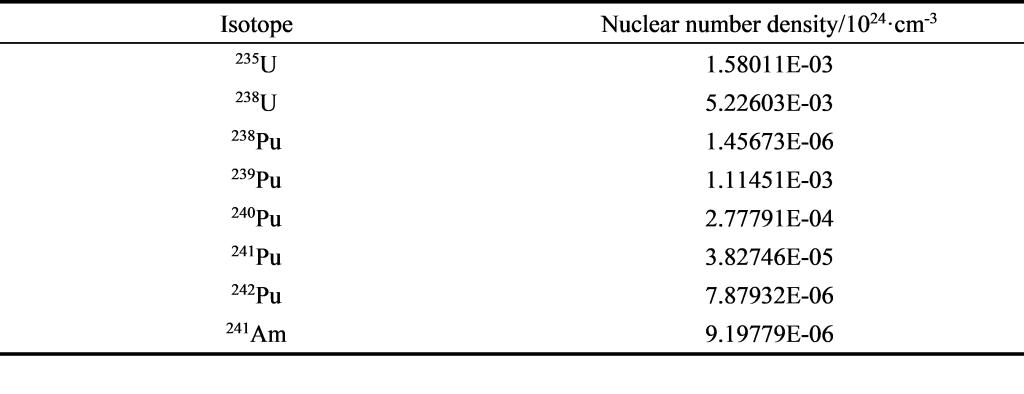The JOYO facility was Japan’s first experimental fast reactor for the purpose of acquiring data relating with actual fast reactor performances, including the nuclear characteristics, thermal-hydraulics characteristics, safety-concerned features, etc. The core was a sodium-cooled fast reactor, loading the MOX fuel with the fuel region surrounded by the radial and axial blanket of depleted uranium oxide. JOYO MK-I operated at 50MW from April 1978 to February 1979 and operated at 75MW from July 1979 to December 1980. There were two experimental cores for the criticality evaluation in the JOYO MK-I startup test: JOYO-64 core was a clean core with all control-rod sub-assembly fully withdrawn, loading 64 fuel sub-assemblies; JOYO-70 core loaded 70 fuel sub-assemblies, with approximately a half insertion of two regulation control-rod sub-assembly into the fuel region of the core.
It should be noted that as the numbers of the fuel-assembly loaded in JOYO-64 and JOYO-70 are only 64 and 70 respectively, the 235U enrichment of the fuel is very high. The nuclear-number densities of the main isotopes loaded in the fuel is shown in Table 1. With the detailed modeling and simulation of JOYO-64 and JOYO-70 described in our previous works, the keff of the core compared with the measurement values are shown in Table 2. From the simulation results compared with corresponding measurements, it can be proven that the results provided by SARAX are accuracy sufficiently.
Table 1 The nuclear-number densities of the main isotopes in fuel
 Table 2 keff of JOYO-64 and JOYO-70 by SARAX compared with measurements
Table 2 keff of JOYO-64 and JOYO-70 by SARAX compared with measurements
